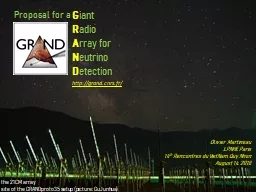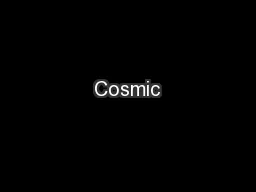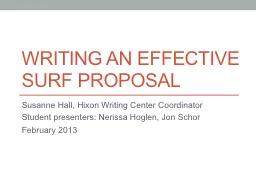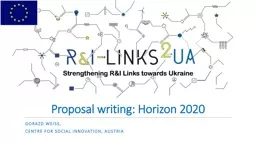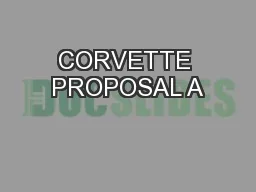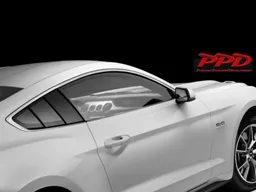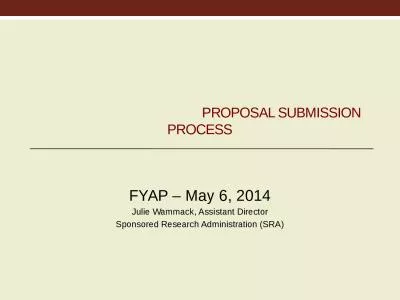PPT-Proposal for a the 21CM
Author : backbays | Published Date : 2020-06-24
array site of the GRANDproto35 setup picture Gu Junhua 1 Olivier Martineau LPNHE Paris 14 th Rencontres du VietNam Quy Nhon August 14 2018 G iant R adio
Presentation Embed Code
Download Presentation
Download Presentation The PPT/PDF document "Proposal for a the 21CM" is the property of its rightful owner. Permission is granted to download and print the materials on this website for personal, non-commercial use only, and to display it on your personal computer provided you do not modify the materials and that you retain all copyright notices contained in the materials. By downloading content from our website, you accept the terms of this agreement.
Proposal for a the 21CM: Transcript
Download Rules Of Document
"Proposal for a the 21CM"The content belongs to its owner. You may download and print it for personal use, without modification, and keep all copyright notices. By downloading, you agree to these terms.
Related Documents

